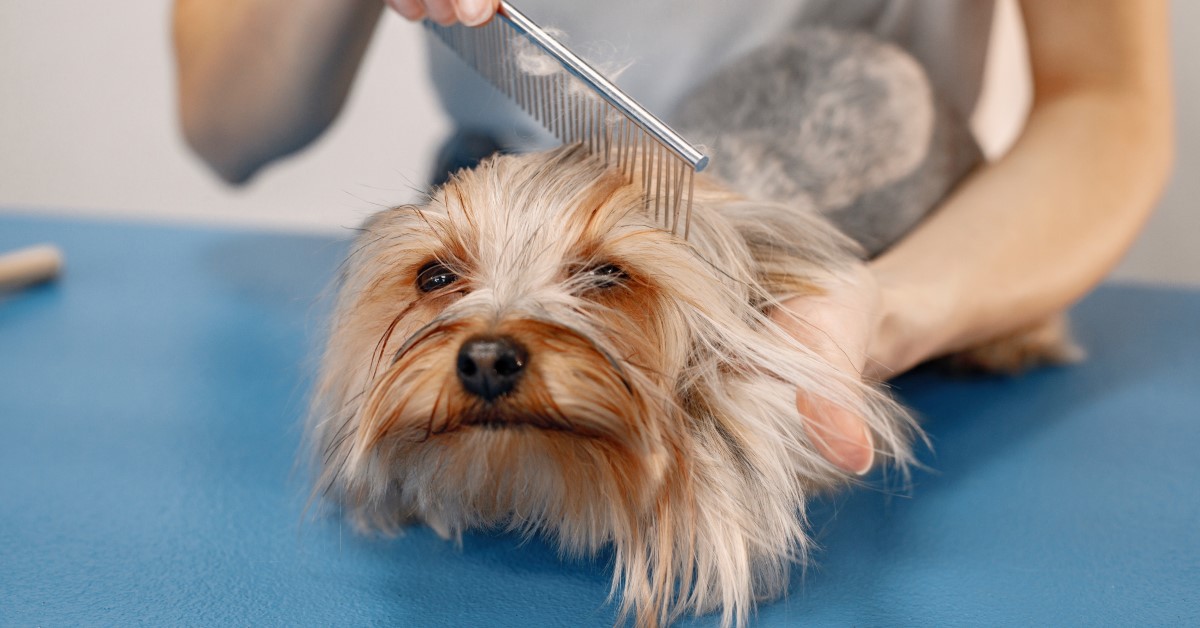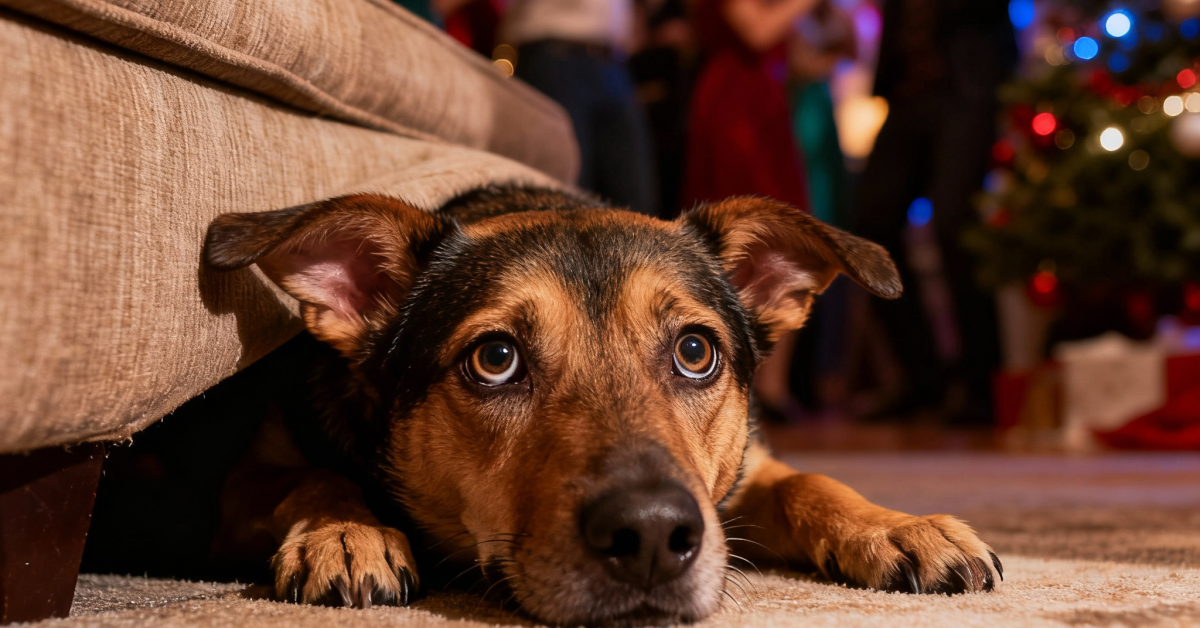How to Keep Your Pet Calm While Grooming
Grooming your pet can be challenging when they are scared or anxious, but finding the right approach for your cat or dog can make the process easier for everyone.

Grooming is a fundamental part of good pet health. However, not all animals respond well to getting their fur brushed or nails trimmed. Some may be a tad fidgety during the process, while others may experience extreme fear or anxiety. As matted fur and overgrown nails can be uncomfortable for your pet, it’s important to find ways to keep your pet calm while grooming. Let’s look at why some cats and dogs dislike grooming and how to ease your pet’s nerves.
Why Does My Pet Hate Getting Groomed?
To many pet owners, their pet’s fear of getting groomed is seen as irrational. However, there are reasons why your cat or dog may dislike certain aspects of the process.
If you bring your pet to a professional groomer, the fear could be due to being in an unfamiliar environment. Even if this isn’t your pet’s first trip to the groomer, the atmosphere can be a little scary for animals, especially those that regularly experience separation anxiety when away from their owners.
The noise of the grooming process can also cause an animal to be fearful. There may be dogs barking in the next room, loud hair dryers, or the sound of water running. Noise can greatly affect animals as they can hear in a much wider range of frequencies than humans.
Finally, your pet’s anxiety while grooming may be caused by discomfort. If your cat or dog has experienced matting or skin infections in the past, they may associate grooming with this pain. Having their hair pulled or brushed can be painful for some pets, especially those with long, thick, or double coats.
How Can I Keep My Pet Calm While Grooming?
Whether you’re grooming at home or traveling to see a professional, keeping your pet calm and comfortable during the process helps ensure a safe and accurate result. Here are some effective ways to keep your pet calm while getting groomed:
Keep Essential Tools in Reach
When dealing with a cat or dog that is fearful or anxious, you want to get the process done as quickly as possible. This means having everything you need to complete the job in reach. Determine which types of combs, brushes, shampoos, and other supplies you’ll need based on your pet’s fur type and length. Being prepared can help you gain confidence and help your pet feel more at ease.
Take Frequent Breaks
It’s best not to force an anxious pet to sit through a long and tedious grooming. Instead, take frequent breaks to help your pet calm down, especially if they start to pull away or show signs that they are distressed or restless. Common signs of anxiety include panting, whining, shaking, aggressive behavior, rapid breathing, diarrhea, and vomiting.
Create a Calm Environment
How you set up your pet’s grooming environment can make a big difference in the outcome of the session. Choose a quiet place in the home where your cat or dog won’t be interrupted by loud noises, people, or other distractions. Some pets enjoy listening to calming music during the process. It’s also important to remember that the process doesn’t have to be done all at once. For example, you could clip one or two nails while snuggling with your pet on the sofa.
Exercise Your Pet
Pets that have a lot of pent-up energy are more likely to respond negatively during a grooming session. Exercise your pet for at least an hour before you begin to groom to help him feel more tired and relaxed. Go for a long walk, hike, play ball, or bring your dog to the dog park to interact with other animals.
Offer Positive Reinforcement
Both cats and dogs respond to positive reinforcement, including when they are experiencing something that they don’t necessarily enjoy. Throughout the session, continue to talk calmly to your pet, telling them that they’re a “good boy” or “good girl.” If your pet is food motivated, as many are, offer the occasional treat. Alternatively, you can smear peanut butter onto a plate or lick mat and allow your pet to lick it as you groom.
Ask About Medical Sedation
While considered a last resort, medical sedation may be necessary for cats and dogs that have a severe fear of grooming. Your veterinarian may prescribe a sedation medication, such as diazepam, to help calm your pet while being groomed. However, not all sedation medications work for all animals. Your vet will ask you questions and help you determine the best option for your unique pet.
Successful Grooming Requires the Right Approach
It can be difficult to see your pet struggling during a grooming session. While many pets deal with the process well, others may show signs of distress when bathing, brushing, and trimming various areas of the head and body.
While not every calming technique will work with every cat or dog, it’s important to continue experimenting until you find ones that do work. Working with an experienced and understanding groomer can help make the process easier for both you and your pet.
Ready to start saving money on pet wellness care?
Then take a look at Mint Wellness, the pet wellness plan that provides fast reimbursement on routine pet care. Save on vaccinations, wellness exams, preventatives, dental, and more!
Learn More


